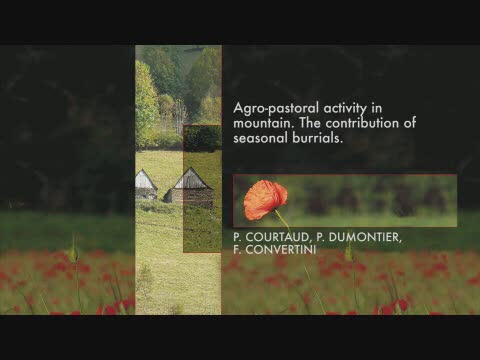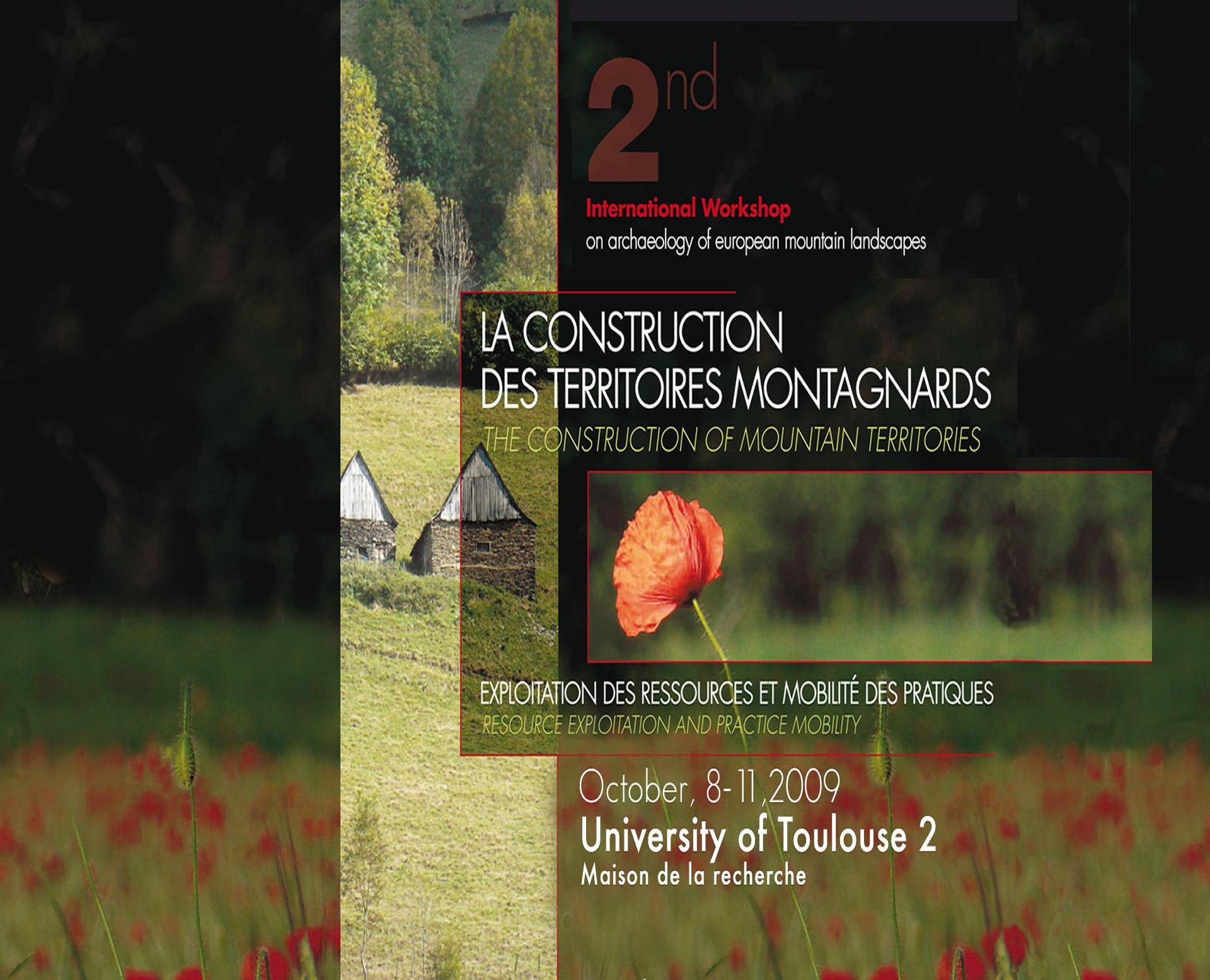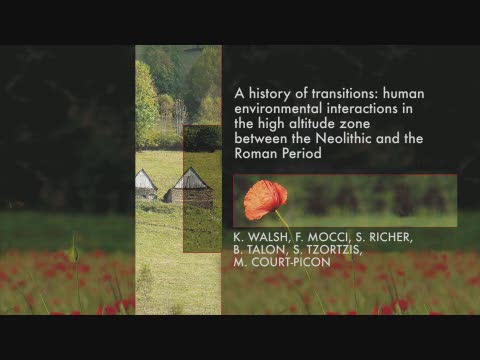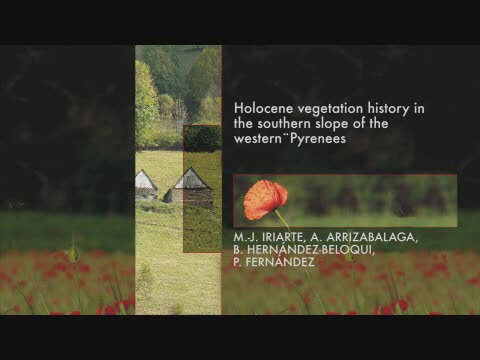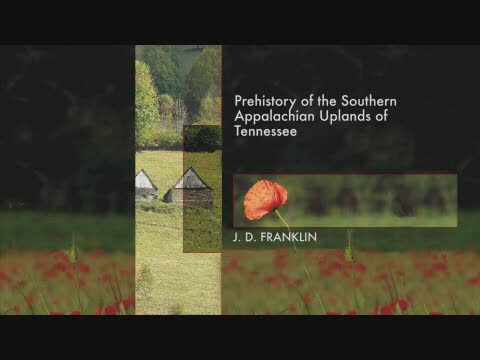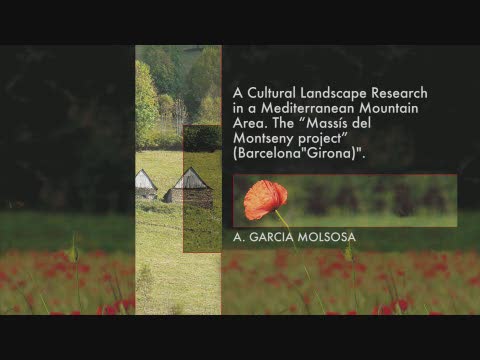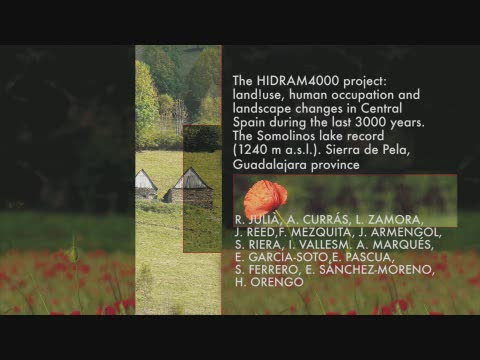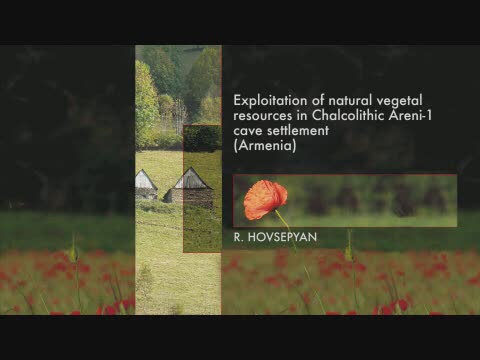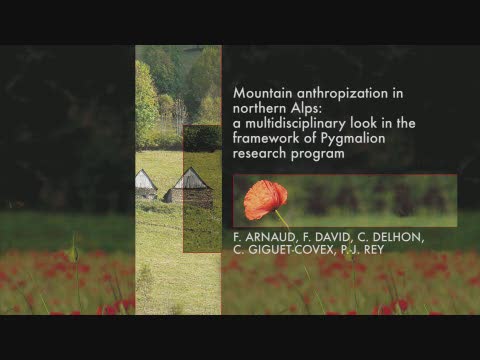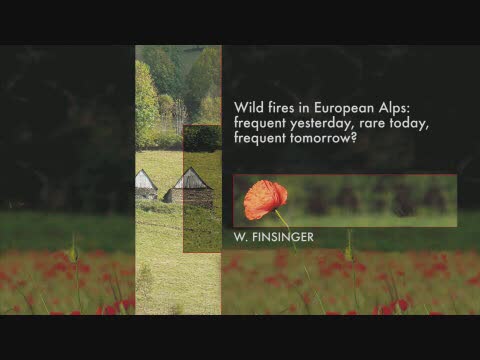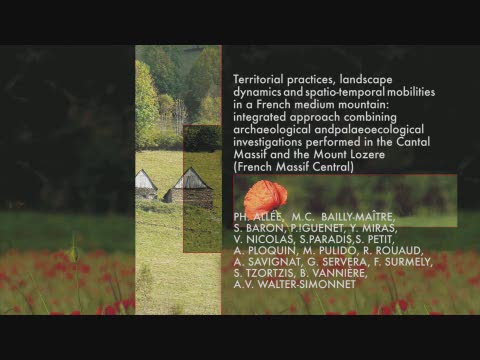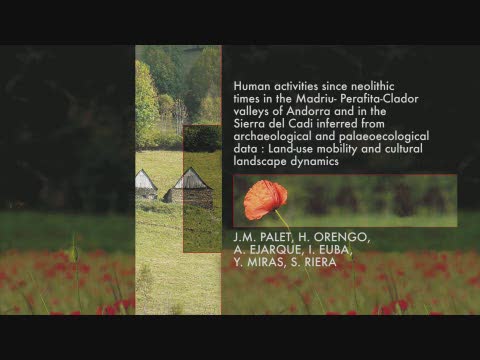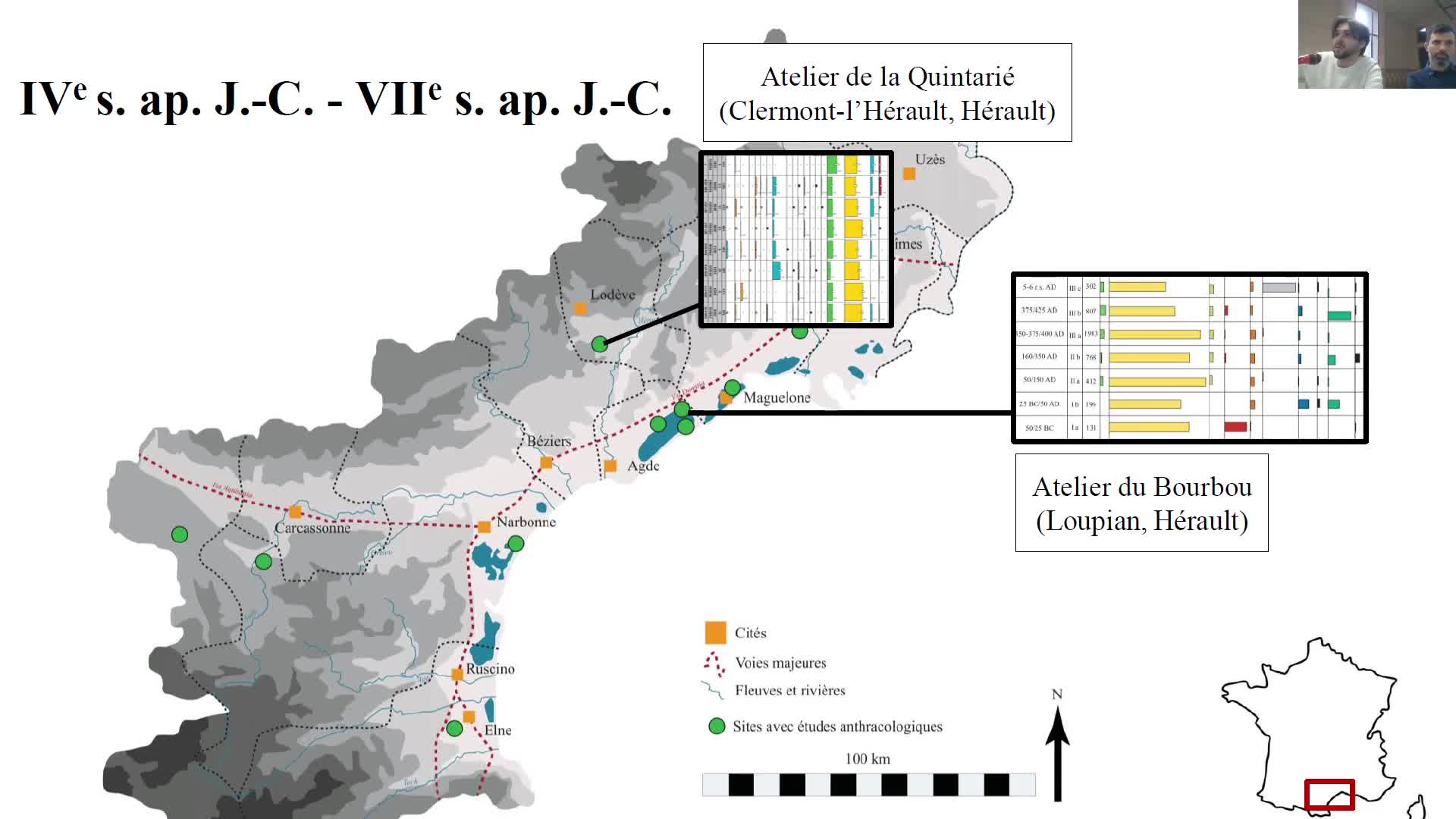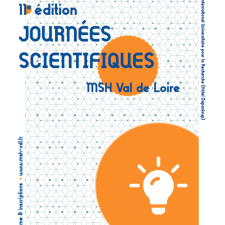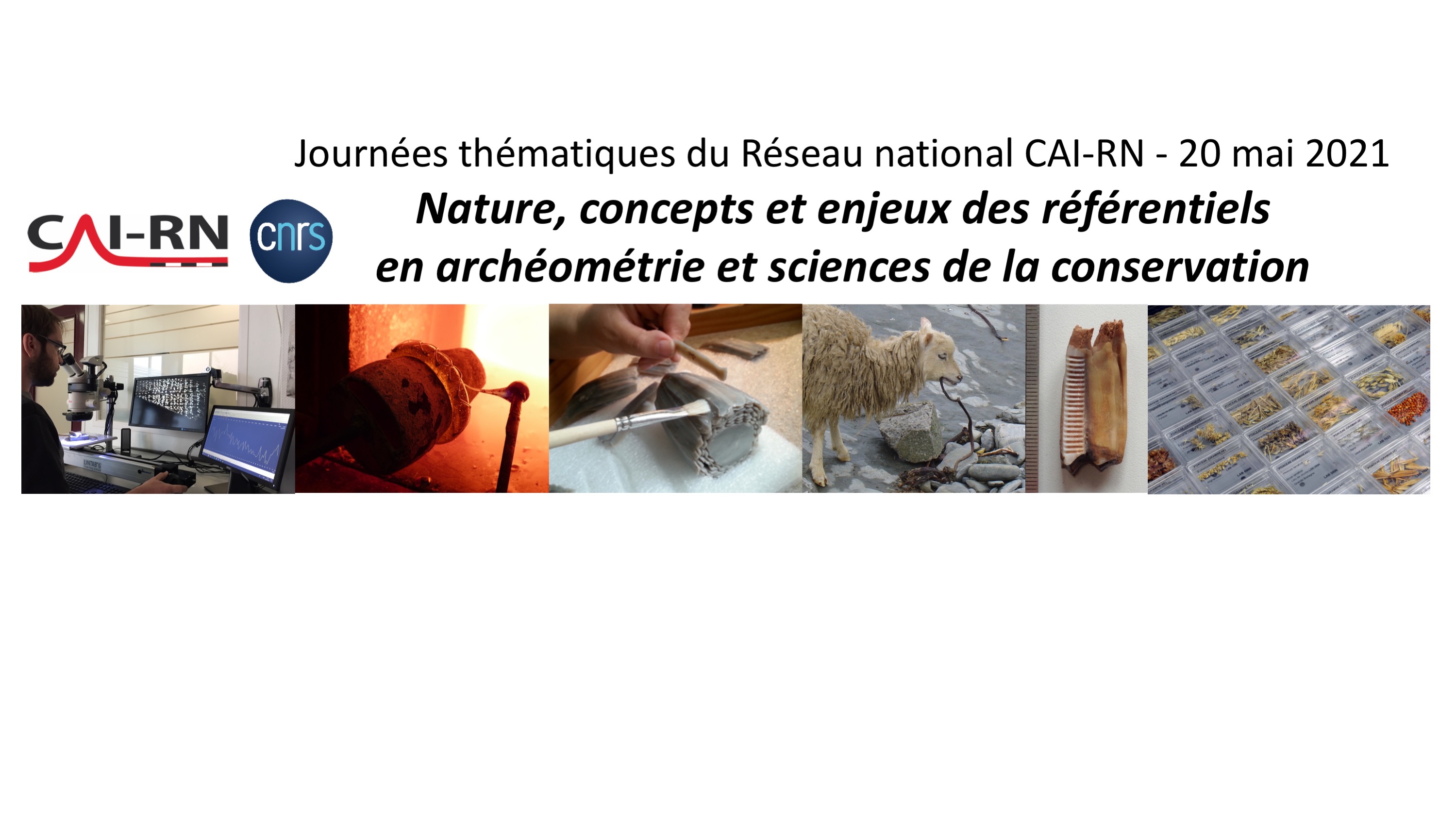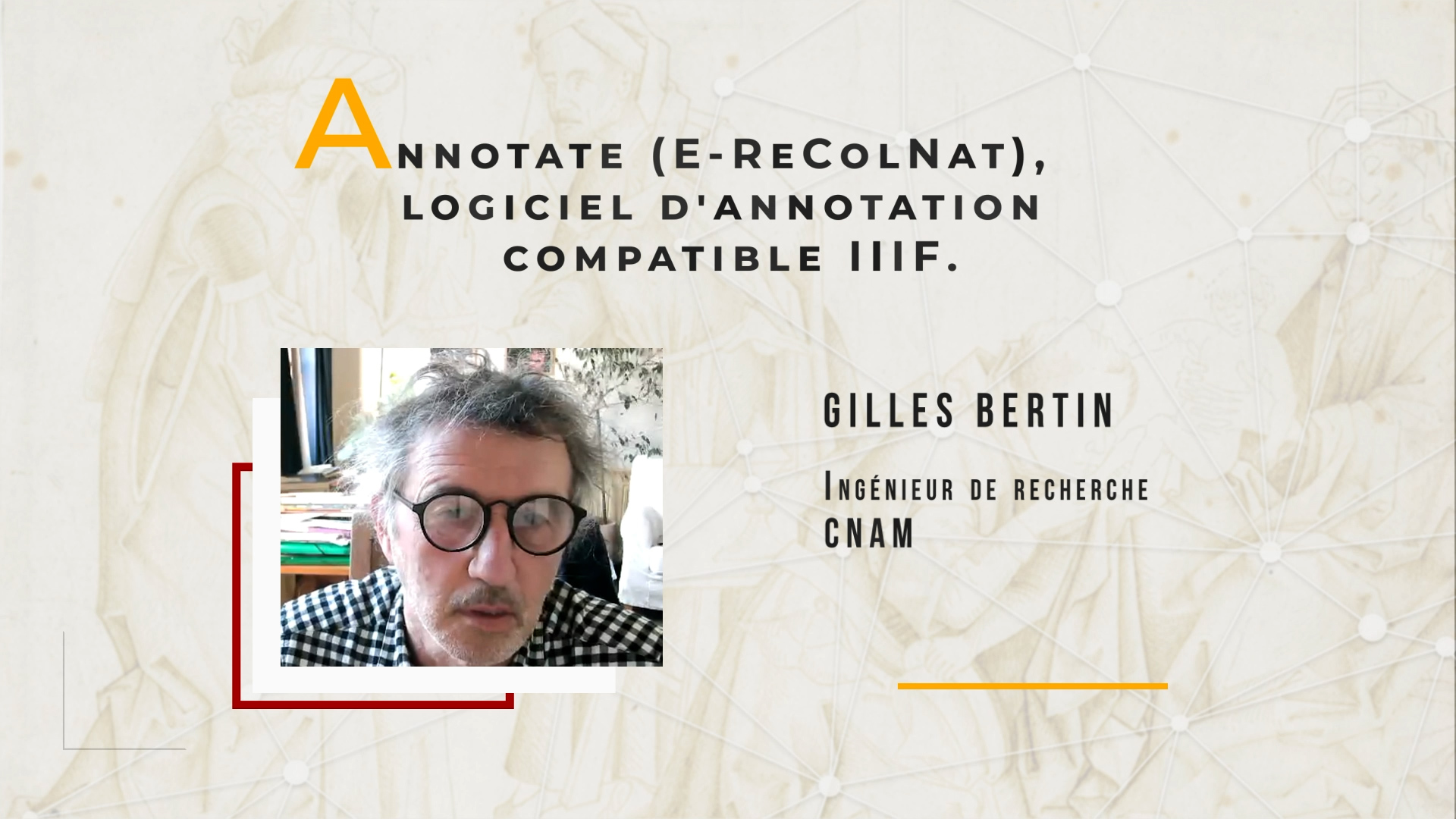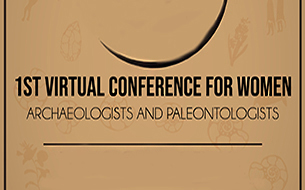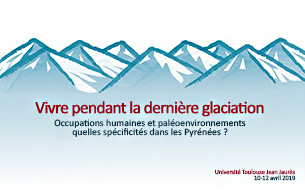Notice
Reconstructing past agro-pastoral systems from environmental archaeology in Liguria / B.I. Menozzi
- document 1 document 2 document 3
- niveau 1 niveau 2 niveau 3
Descriptif
Reconstructing past agro-sylvo-pastoral systems from environmental archaeology and historical ecology sites in Ligurian Mountain (Italy). Menozzi, Bruna Ilde (Université de Gênes). In "La construction des territoires montagnards : exploitation des ressources et mobilité des pratiques. 2ème International Workshop on archaeology of european mountain landscape, organisé par les Laboratoires TRACES et GEODE (Toulouse) et le Centre d'Archéologie Préhistorique du Rhône aux Alpes (Valence, France). Université Toulouse II-Le Mirail, 8-11 octobre 2009. [Première journée.]
The reconstruction of past management practices and the interpretation of change factors in the study of historical processes and functions of past agro-sylvi-pastoral systems are the main focus of the study of a number of sites in NW Italy mountains for the last ten years. We experienced that dynamics and modelling of different local systems need a geographical-historical microanalytical approach to the sites. Moreover, a regressive method and a high resolution in producing and employing field evidences are required. This approach, according to local history and environmental archaeology methods, tests and crosses different kinds of sources, which include archaeobotany, historical geography (archival, cartographic sources), field evidence (historical ecology, environmental and rural archaeology) and oral sources at the topographical scale. As an example of a historical microanalytical approach to the site study, palynological data from two wetlands located on opposite slopes in the upper Aveto Valley (NW Italy Apennines, municipality of Rezzoaglio) are compared. The pollen catchment areas are different because of altitude (800 m -Lago di Rezzo, and 1100 m- Mogge di Ertola) and distance from rural settlements. Nevertheless, both sites preserved traces of the medieval cultural landscapes that proof their inclusion in the complex agro-sylvi-pastoral system in which chestnut groves, wooded"meadows, pastures and fields appears to be essential components. In both pollen diagrams different tree species (fir and beech vs. oaks) dominate by turns accordingly with altitude, while low percentages of hazel, walnut, chestnut and cereals alternate along the sequence. The occurrence of coprophilous fungi suggests dunging or livestock watering. Microcharcoal frequency fluctuates in connection with other anthropogenic indicators, suggesting a role of fire in the land management. The important changes of the cultural landscape which occurred in the last decades are well represented in the pollen diagrams and associated with historical changes in the ecology of the sites.
Dans la même collection
-
L'agro-pastoralisme en milieu montagnard : l'apport des sépultures saisonnières / Patrice Courtaud
COURTAUD Patrice
L'agro-pastoralisme en milieu montagnard : l'apport des sépultures saisonnières. Patrice COURTAUD. In "La construction des territoires montagnards : exploitation des ressources et mobilité des
-
La construction des territoires montagnards : exploitation des ressources et mobilité des pratiques…
GALOP Didier
The occupation and the exploitation of mountain environments, both during conquest and maximum demographic phases, or on the contrary, during desertification phases, differ in geographical
-
Human environmental interactions in high altitude zone between Neolithic and roman period / K. Walsh
WALSH Kevin
A History of Transitions : human environmental interactions in the high altitude zone between Neolithic and roman period. Kevin WALSH. In "La construction des territoires montagnards : exploitation
-
L'évolution végétale holocène sur le versant sud des Pyrénées occidentales / Maria-José Iriarte
IRIARTE María José
L'évolution végétale holocène sur le versant sud des Pyrénées occidentales. Maria José IRIARTE. In "La construction des territoires montagnards : exploitation des ressources et mobilité des pratiques"
-
Prehistory of the Southern Appalachian uplands of Tennessee / Jay Franklin
FRANKLIN Jay D.
Prehistory of the Southern Appalachian uplands of Tennessee. Jay FRANKLIN. In "La construction des territoires montagnards : exploitation des ressources et mobilité des pratiques", 2e International
-
A cultural landscape research in a mediterranean mountain (Barcelona-Girona) / A. Garcia Molsosa
GARCIA MOLSOSA Arnau
A cultural landscape research in a mediterranean mountain area : the "Massis del Montseny project" (Barcelona-Girona) / A. GARCIA MOLSOSA. In "La construction des territoires montagnards :
-
The Hidram4000 project : land use, human occupation and lanscape changes in Spain / A. Curras
CURRáS DOMINGUEZ Andres
The Hidram4000 project : land use, human occupation and lanscape changes in Spain during the last 3000 years. The Somolinos lake record (1240 M A.S.L.) : Siera de Pela, Guadalajara Province. Andres
-
Exploitation of natural vegetal resources in chalcolithic areni-1 cave (Armenia) / R. Hovsepyan
HOVSEPYAN Roman
Exploitation of natural vegetal resources in chalcolithic areni-1 cave settlement (Armenia). Roman HOVSEPYAN ovsepyan, Roman. In "La construction des territoires montagnards : exploitation des
-
Mountain anthropization in Alps : a multidisciplinary look in the Pygmalion program / F. Arnaud
ARNAUD Fabien
Mountain anthropization in Alps : a multidisciplinary look in the framework of Pygmalion research program. Fabien ARNAUD. In "La construction des territoires montagnards : exploitation des ressources
-
Wildfires in european alps : frequent yesterday, rare today, frequent tomorrow ? / W. Finsinger
FINSINGER Walter
Wildfires in european alps : frequent yesterday, rare today, frequent tomorrow ?. Walter Finsinger. In "La construction des territoires montagnards : exploitation des ressources et mobilité des
-
Territorial practices, landscape dynamics and mobilities in a french mountain / P. Allée, Y. MIras
ALLéE Philippe
MIRAS Yannick
Territorial practices, landscape dynamics and spatio-temporal mobilities in a french medium mountain : integrated approach combining archaeological and paleoecological inverstigations performed in the
-
Exploitation des vallées andorranes depuis le Néolithique/ J.-M. Palet Martinez, H. Orengo Romeu
PALET I MARTíNEZ Josep M.
ORENGO ROMEU Hèctor A.
L'exploitation des ressources des vallées andorranes du Madriu-Perafita-Claror et de la chaîne du Cadi (Pyrénées orientales) depuis le Néolithique à partir des données archéologiques et
Sur le même thème
-
Approvisionner le feu en bois. Regard anthracologique sur l’exploitation du Bois des Lens et les us…
VASCHALDE Christophe
CHARDONNEAU-HENNEUSE Julien
Approvisionner le feu en bois. Regard anthracologique sur l’exploitation du Bois des Lens et les usages du combustible par les potiers de l’Antiquité tardive.
-
Au bon air des jardins. Géohistoire climatique des parcs et jardins urbains (18e-21e siècles), comp…
METZGER Alexis
Les parcs et jardins ont connu à la fois des métamorphoses et une certaine continuité de leurs fonctions écologiques (Mathis et Pépy 2017; Musée historique de Lausanne 2022).
-
Alfredo Mayoral - « Gergovie : nouvelles recherches géoarchéologiques et paléoenvironnementales »
Le jeudi 16 septembre 2021, à 20h30, sur Facebook, Page Musée de Gergovie, Alfredo Mayoral, géoarchéologue, à l'Institut Catalan d’Archéologie Classique et à GEOLAB (UMR 6042 CNRS / UCA UNILIM), a
-
M. DJAMALI et M. MASHKOUR, Réflexions sur la contribution des coprolithes de hyènes modernes comme …
Réflexions sur la contribution des coprolithes de hyènes modernes comme référentiel pour les reconstitutions paléoenvironnementales. Morteza DJAMALI1, Marjan MASHKOUR2 1-CNRS, IMBE (morteza
-
Rendez-vous IIIF 360 - Gilles Bertin " Annotate (E-ReColNat), logiciel d'annotation compatible IIIF"
Gilles Bertin ingénieur de recherche au CNAM, présente le logiciel d'annotation "Annotate", compatible IIIF.
-
"Ouranopithecus macedoniensis" (late Miocene, Greece): analysis of mandibular fragments using …
IOANNIDOU Melania
Ouranopithecus macedoniensis (late Miocene, Greece): analysis of mandibular fragments using 3D geometric morphometrics / Melania Ioannidou, in colloque "1st Virtual Conference for Women
-
What is shaping the brain? A perspective on brain size evolution in carnivorans / Margot…
MICHAUD Margot
What is shaping the brain? A perspective on brain size evolution in carnivorans / Margot Michaud, in colloque "1st Virtual Conference for Women Archaeologists and Paleontologists. Nouveaux
-
A transdisciplinary approach to reconstruct the Nilotic socio-ecosystem in Luxor west bank during t…
NICATORE Giulia
A transdisciplinary approach to reconstruct the Nilotic socio-ecosystem in Luxor west bank during the Ptolemaic period (3rd-1st centuries BC.) / Giulia Nicatore, in colloque "1st Virtual Conference
-
Neanderthal facing climatic disruptions of the MIS 4 in southwestern France: between cynegetic choi…
DANCETTE Christelle
Neanderthal facing climatic disruptions of the MIS 4 in southwestern France: between cynegetic choices and environmental constraints / Christelle Dancette, in colloque "1st Virtual Conference for
-
The middle triassic palaeoflora of monte Prà della Vacca / Kühwiesenkopf (NE Italy)-new investigati…
FORTE Giuseppa
The middle triassic palaeoflora of monte Prà della Vacca / Kühwiesenkopf (NE Italy)-new investigations / Giuseppa Forte, in colloque "1st Virtual Conference for Women Archaeologists and
-
Revising the microvertebrates from the Palaeolithic site of Kalamakia (Mani Peninsula), Greece / Ko…
KOLENDRIANOU Maria
Revising the microvertebrates from the Palaeolithic site of Kalamakia (Mani Peninsula), Greece / Kolendrianou Maria, in colloque "1st Virtual Conference for Women Archaeologists and Paleontologists.
-
Vivre pendant la dernière glaciation. Occupations humaines et paléoenvironnements : quelles spécifi…
LEJAY Mathieu
Vivre pendant la dernière glaciation. Occupations humaines et paléoenvironnements : quelles spécificités dans les Pyrénées ? Introduction / Mathieu Lejay


